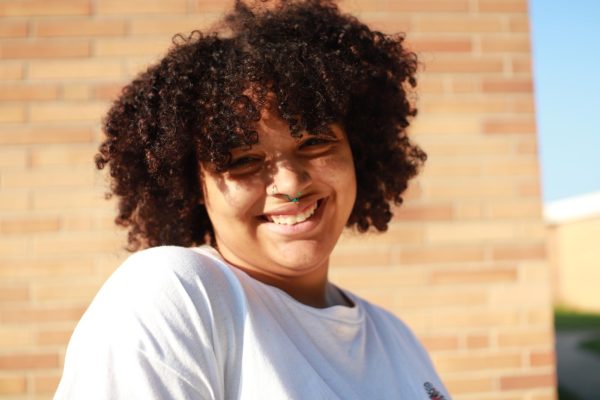In an article written by Portrait over six months ago, the writers predicted that the climate would be unlivable within 30 years. However, after this summer’s air advisories, wildfires and storms this prediction may have been an overestimation. This summer, East Lansing residents got a frightening flashback to 2020 as they were once again expected to wear masks and stay indoors. But instead of wearing them to avoid catching COVID-19 however, they had smoke and haze to fear.
A statement made by the Michigan Department of Environment, Great Lakes, and Energy on June 8 warned against most, if not all, outdoor activity for those with and without respiratory health risk. In this statement, a quote from the US Environmental Protection Agency stated that most healthy adults and children would recover fully, but people with chronic illness or diseases could suffer from lasting effects of the smoke exposure.
ELHS science teachers found the local climate issues frustrating to say the least. Earth Science teacher Douglas Damery thought the heat in Michigan this past summer was “brutal.” While he thinks there may be a year or two that go against the trend, he sees coming years as being hotter with more severe weather events. Ultimately, this could impact everything from summer construction work and scientific field work to when people want go to the beach but it’s too hot outside.
“In Michigan [the heat] wasn’t as bad as in other places, but it affected my activities. The impact on the health of people working outdoors and wildlife is very telling to how far and how fast our climate is shifting in recent years.”
The privilege of air ventilation and conditioning is something Life Science teacher John Heinrich does not take for granted. He worries about how temperatures impact students at home without air conditioning.
“I think about students’ needs being met like we worry about free lunch and free breakfast and touting their safety and security here,” Heinrich said. “So that’s a concern, that their needs aren’t met and they are not comfortable, and it’s hard to learn when you’re not doing well.”
Amy Sayers is advisor of Students for Environmental Action. She hopes she can help guide the students as they fight for change. For her, that starts early.
“You know, one of the things that I’ve learned recently as a goal is to try to get students to become environmental stewards,” Sayers said. “Which means, the students, we start them young and take them outdoors. We show them the environment around them.”
For students who want to do more in small ways, Damery said that students can drive less, use bicycles, walk and mass transportation as a place to start.
“The big driver of climate change is greenhouse gasses such as Carbon Dioxide and Methane,” Damery said. “If you ride the bus (CATA or the school bus) then you are helping fight the problem.”






